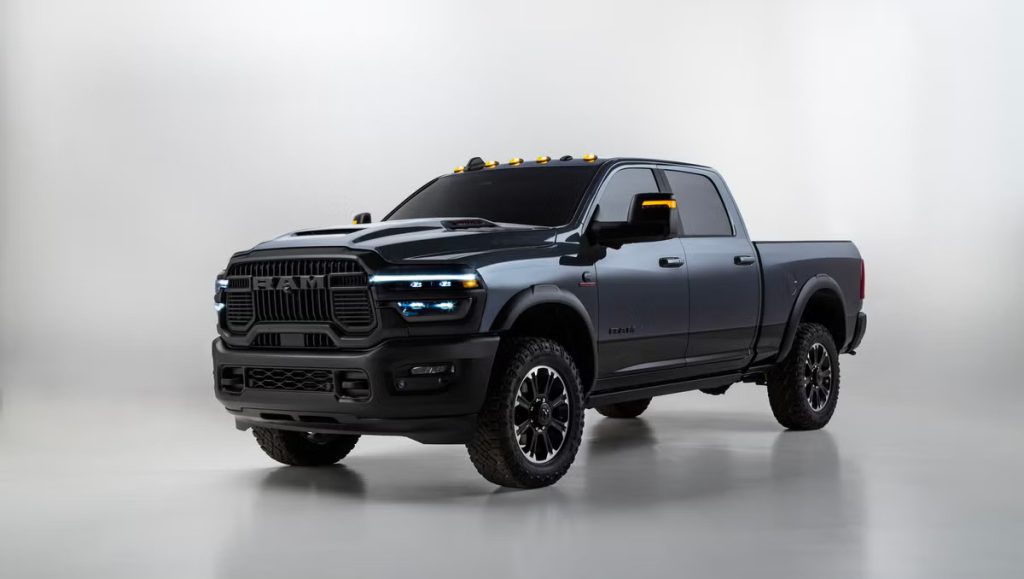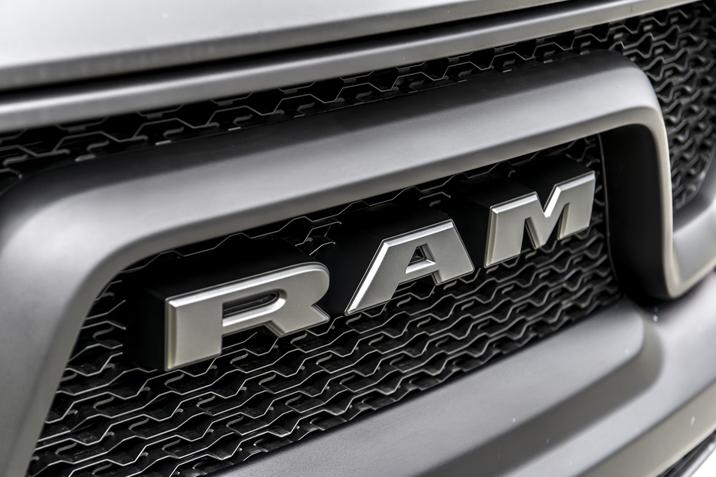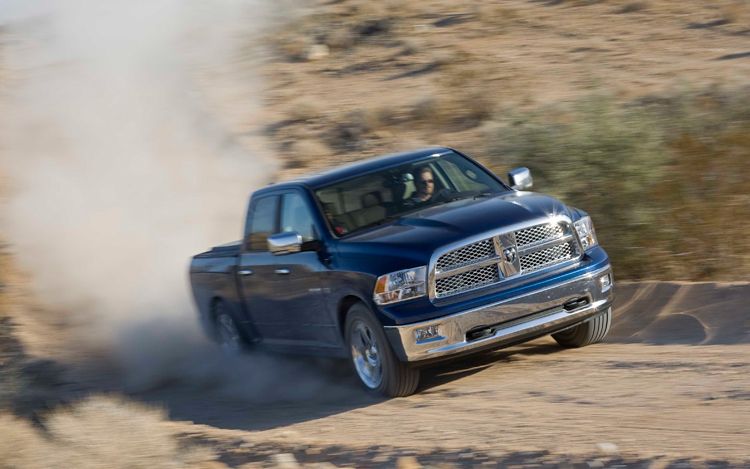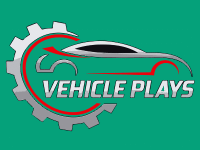RAM is no longer Dodge but was once part of it. Today, RAM operates as its own truck brand under Stellantis, while Dodge focuses on cars and SUVs.
This guide’ll clarify the history, explain the split, and help you understand the real relationship between RAM and Dodge.
A Historical Bond: How RAM and Dodge Were United
For decades, RAM and Dodge were inseparable, and this connection started in the early 1980s when Dodge launched its new truck line, proudly calling it the “Dodge Ram.” This wasn’t just a name—it became a symbol of ruggedness and reliability.
Back then, RAM wasn’t its own brand but a model series under Dodge, much like the Ford F-150 is part of Ford.
These trucks carried Dodge’s long-standing reputation for building tough vehicles, and over time, the RAM name grew in popularity thanks to standout designs like the bold 1994 Ram 1500.

Dodge handled both cars and trucks, so the RAM identity benefited from Dodge’s nationwide dealership network, marketing power, and loyal fan base.
People saw “Dodge Ram” as a single idea—Dodge for its muscle and style, and Ram for its hard-working, capable trucks.
That partnership created a deep association in buyers’ minds, which explains why even today, more than a decade after the split, many still think of RAM as “part of Dodge.”
Understanding this shared history makes it easier to see why there’s so much confusion when you hear someone ask, “Is RAM Dodge?”—because for a long time, the honest answer was “yes.”
The Brand Split: When RAM Became Its Own Identity
Around 2009–2010, a significant change reshaped how people thought about these two names. The parent company, Chrysler, split RAM from Dodge and made it a separate brand.
This wasn’t about breaking ties completely—it was a smart move to give each brand a sharper focus.
Dodge would continue building performance cars and SUVs like the Charger, Challenger, and Durango, while RAM would focus entirely on trucks and commercial vans.
This way, marketing could be more direct: RAM could talk only to truck buyers without mixing in sports car messaging, and Dodge could lean into its muscle-car heritage without being tied to work trucks.
The first independent RAM models kept the familiar RAM’s head logo, so buyers still recognized them instantly. Over time, “Dodge Ram” signage disappeared from dealerships, and trucks were sold as “RAM.”
Even so, the engineering, manufacturing, and dealership support stayed connected under the same corporate roof.
This split marked when RAM stopped being a Dodge sub-model and became a standalone player in the truck world, competing directly with Ford and Chevy while still sharing corporate DNA with Dodge.
Why the Brands Separated
The decision to separate RAM and Dodge was all about clarity, focus, and market growth. By the late 2000s, Dodge juggled performance cars, family SUVs, and heavy-duty trucks under one badge.
That mix made it harder to market each product to the right audience. Chrysler’s leadership realized that trucks and muscle cars appeal to different buyers.
Someone shopping for a RAM 2500 to tow heavy loads might not care about a sports car ad, while a Challenger enthusiast probably isn’t looking for payload charts.
The company could create specialized advertising, design language, and dealership experiences tailored to truck owners by giving RAM its brand.

It also helped RAM compete head-to-head with truck-only brands like Ford’s F-Series and Chevrolet’s Silverado.
Meanwhile, Dodge could pour all its energy into performance styling, horsepower, and bold marketing that spoke directly to car enthusiasts.
The separation wasn’t about rivalry but a strategic move to strengthen both brands. In the end, RAM became the go-to name for trucks, and Dodge cemented itself as the home of muscle cars and sporty SUVs.
Must Know: RAM 2500 EGT Sensor Normal Range Value – You Should Know!
What’s Changed—and What Remains
Since the split, the most apparent change is branding. RAM trucks no longer wear the Dodge badge—they have their name and logo, and the marketing speaks directly to truck owners.
Conversely, Dodge has leaned fully into its muscle-car personality, with aggressive styling and performance as its core message.
But behind the scenes, a lot has stayed the same. Both brands are still part of Stellantis, which means they share corporate resources, parts suppliers, and sometimes even platforms.
Many dealerships still sell both under the same roof, so that you might see a RAM 1500 parked next to a Dodge Challenger on the same lot.
Service and warranty support still come through the same network, and Mopar continues to provide parts for both. In short, while the logos and advertising are now separate, the family connection is alive and well.
This mix of independence and shared infrastructure allows each brand to keep its personality while benefiting from the same corporate strength—a balance that’s helped both thrive in their respective markets.
When Did Dodge and RAM Split?
You might wonder when “Dodge RAM” became just “RAM.” That change happened around 2009–2010, when Chrysler restructured after its bankruptcy and separated RAM into a standalone brand focused on trucks.
Before that, RAM trucks were part of Dodge’s lineup, labeled as “Dodge Ram.” After the split, Dodge took on cars and SUVs, while RAM took center stage for pickups.
This shift helped both brands speak clearly to their audiences—Dodge to performance lovers, RAM to truck buyers.
Who Owns RAM?
RAM today is owned by the global auto group Stellantis, which formed in 2021 after Fiat Chrysler merged with PSA Group.
RAM was spun off from Dodge but stayed under the same corporate umbrella. Although RAM and Dodge operate separately with different branding and purposes, they still share some corporate support and infrastructure behind the scenes.
Read Out: What Year Did Dodge Start Using DEF – A Quick Guide!
Why Did Dodge RAM Split?
The split happened for a simple reason: to let each brand focus on what it does best. Dodge could concentrate on fast cars and SUVs, while RAM could specialize in trucks and commercial vehicles.

This separation clarified marketing messages, letting each brand talk directly to its audience. It also helped RAM compete with truck-focused rivals and allowed Dodge to strengthen its performance image.
The Current RAM Lineup
RAM offers a wide and growing lineup of trucks and vans. The 2025 RAM 1500 leads with trims like Tungsten (luxury), Rebel, RHO (off-road), and electric or hybrid options like the Ramcharger and REV.
Heavy-duty models include the RAM 2500 and 3500 with powerful HEMI V8 and Cummins diesel engines.
Vans like ProMaster round out the lineup. This range makes you choose whether you need comfort, performance, hauling power, or electric innovation.
FAQs
1. Are Dodge and Ram the same thing?
No—they’re separate brands under Stellantis. Dodge handles cars and SUVs, while Ram focuses only on trucks.
2. Is Ram still owned by Dodge?
Not exactly. Both belong to the same parent company, Stellantis, but Ram runs separately from Dodge.
3. Why is Ram not Dodge anymore?
They split around 2010 so each could shine: Dodge for cars, Ram for trucks, with more precise focus and branding.
4. Is a Ram also a Dodge?
Older models (pre-2010) are Dodge Rams; newer ones are just Ram vehicles, even though they share corporate roots.
5. Is Dodge or Ram better?
It’s not a contest—they serve different needs. Choose Dodge for performance cars, and Ram for reliable, capable trucks.
6. Why do Dodge and Ram have the same logo?
Early Ram trucks used the Dodge Ram ‘s-head logo. Even after the branding split, that emblem stuck for recognition.
7. Is a RAM a Dodge or Chevy?
Ram is neither Dodge nor Chevy—it’s its truck brand under Stellantis, not General Motors.
8. Is the Dodge logo a RAM?
The Dodge logo is different; Ram trucks use the ram’s head emblem, a legacy visual tie but separate brands.
9. What is more reliable, Ram or Chevy?
Reliability depends on model year and upkeep. Both have strong options—focus on specific truck reviews and service history.
10. How can I tell the difference between a Dodge RAM and a RAM truck?
Simple: look at badges. Trucks after 2010 are Ram only; pre-2010 models may wear a Dodge badge.
Conclusion
RAM and Dodge may no longer share the same badge, but their history is tightly woven. For decades, “Dodge Ram” stood for toughness and capability, and even after the 2010 split, that legacy still shapes how people see both brands. Today, RAM thrives as a truck-focused powerhouse, while Dodge leans into its performance heritage; both remain part of the same Stellantis family. The change wasn’t about breaking apart but about letting each brand focus on what it does best. Whether you’re drawn to the roar of a Challenger or the muscle of a RAM 3500, you’re still getting a piece of that shared American automotive story.

